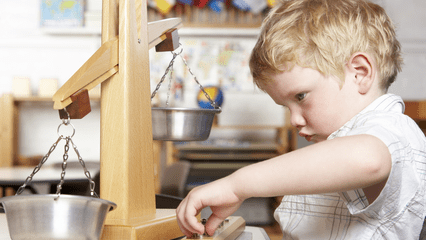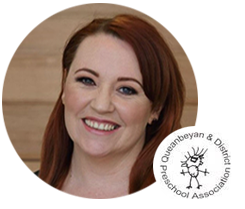
How to Set Up Provocation Areas using Open Educational Resources
Provocations can be such a fun and educational part of the Early Learning Service or pre-school experience. Setting up provocation areas is easy, as long as you’re familiar with the concept and you know what you want to accomplish.
What’s a Provocation Area?
Let’s answer the most basic question first – a provocation area allows for setting up open-ended activities. These don’t follow a scenario and don’t have a pre-determined outcome. Rather, provocations help kids come up with new ideas and concepts, unleashing their creativity and skills.
Think of it as a brainstorming session, during which children are left to use their imagination and create something brand new from scratch. Since creativity is the ultimate outcome, provocation areas can be quite colourful and diversified.
Here are 3 simple tips that may help you in setting up your own Provocation areas:
1. Use Unique Materials
Unique materials are needed for an effective provocation area.
Think about art and craft materials, as well as blocks and construction supplies, supplies for setting up scientific experiments and sensory toys for the youngest. Nature-based elements, items that can be turned into many other things (clay, blocks, paper), repurposed materials and even everyday items can be used to create an interesting and engaging provocation.
2. Plan for Various Provocations
Provocations come in all shapes and sizes. To keep the activity interesting, make sure that the provocation area allows for many different activities.
There are nature-based provocations, repurposing of old materials and supplies, the use of new creative mediums, conceptual provocations, question-based provocations (what is a magnet, what is gravity) and even object-based presentations.
Maybe you can ask children to observe a living creature (snails, ants in an ant farm) and create a presentation based on what they’ve seen. Exploration of a new material like air-dry clay is another idea. Make sure that the area is versatile, allowing you to set up many different provocations. Some provocations involve a simple setup while others are more complex and resource-demanding. Make sure your area can accommodate for both.
3. Focus on Safety!
Provocations encourage children to explore, experiment and work with different supplies. To make the provocation area entertaining and educational, you will have to focus on safety. Safety scissors, goggles, aprons, non-slip play mats and other activity-appropriate supplies will be called for in your provocation area.
Have fun setting up your provocation areas! This is one of the most flexible learning areas and probably the one where little ones will want to spend a lot of time in.
If you need guidance or help with product selection, don’t hesitate to contact us. We’ll be more than happy to assist you with suggestions and supply ideas to bring your vision to reality.






